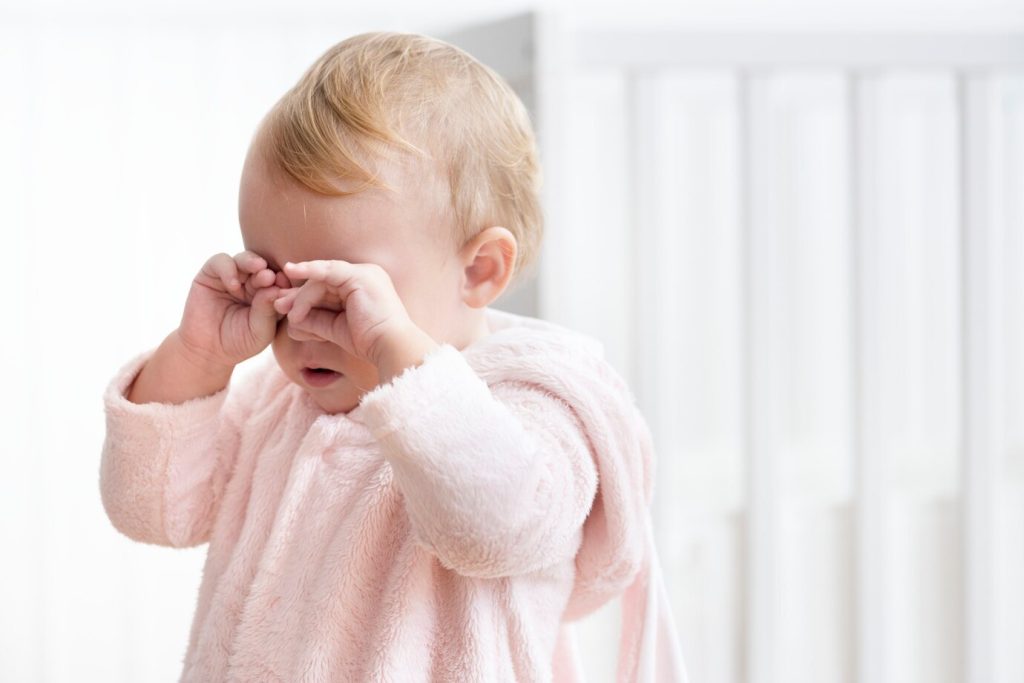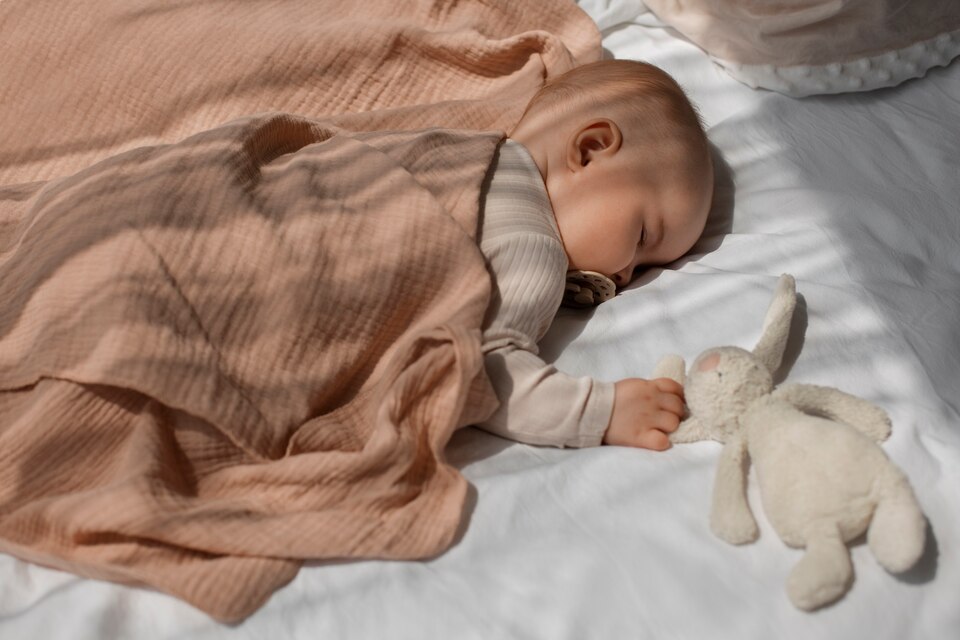Infant cry interpretation is no longer guesswork. Neonatal behavioral analysis and acoustic cry profiling have allowed researchers to decode cries based on tone, frequency, and rhythm. Not only does this guide more responsive intervention, but it also offers a window into early cognitive and physiological needs. With technology like Smart Cradle, AI sensors are now integrated to pick up on these cry patterns and respond with tailored intervention. The neuroscience of crying and how machine learning tools are being used to transform infant care is explained in this blog.
The Science of Cry Frequency and Tone
Infant crying varies significantly by condition. Hunger, distress, and neurological distress crying each exhibit a distinct acoustic pattern. Recent literature in the Journal of Pediatric Neurology (2024) reiterates that unstable, high-pitched crying is more likely to reflect overstimulation or discomfort. Through acoustic cry profiling, these patterns can be defined for intervention. Smart Cradle applies this model to cry type categorization and triggers corresponding responses.
Neonatal behavioral analysis also allows cross-validation. By tracking facial and arm movement, in addition to cry signals, systems are made more accurate in their response. Combined with responsive caregiving systems, accuracy is improved, while overstimulation is avoided.
Observing the patterns of these cry tones has made caregiving more responsive. For instance, sudden spikes in frequency usually indicate pain, while gradual rhythmic wailing can be linked with fatigue. When this learning is embedded in Smart Cradle, it becomes real-time, evidence-based care that’s specific to the infant’s needs.
Machine Learning in Cry Detection
Deep learning models trained on large datasets of infant vocalizations now detect early signs of distress with up to 90% accuracy (Nature Machine Intelligence, 2023). These models underpin responsive caregiving systems like Smart Cradle, where real-time analysis guides the cradle’s motion and sound output. With increased exposure to diverse vocal patterns, AI continues to refine predictive accuracy, allowing nuanced differentiation between cries caused by hunger, fatigue, pain, or environmental discomfort.
Acoustic cry profiling enables even more granular interpretation. It assigns spectral, temporal, and intensity metrics to each cry event. This scientific framework reduces misinterpretation, thus improving automated caregiving precision. When this profiling is supported by neonatal behavioral analysis, outcomes improve across emotional, sleep, and bonding metrics.
Additionally, responsive caregiving systems now employ self-training algorithms that adjust cradle interventions based on historical success. This continuous learning capability ensures interventions are context-sensitive and evolve with each infant. Together, Smart Cradle, acoustic cry profiling, and neonatal behavioral analysis elevate how caregivers interact with newborns through truly intelligent engagement.
The Link Between Cry Patterns and Brain Development
Infant crying varies significantly by condition. Hunger, distress, and neurological distress crying each exhibit a distinct acoustic pattern. Recent literature in the Journal of Pediatric Neurology (2024) reiterates that unstable, high-pitched crying is more likely to reflect overstimulation or discomfort. Through acoustic cry profiling, these patterns can be defined for intervention. Smart Cradle applies this model to cry type categorization and triggers corresponding responses.
Neonatal behavioral analysis also allows cross-validation. By tracking facial and arm movement, in addition to cry signals, systems are made more accurate in their response. Combined with responsive caregiving systems, accuracy is improved, while overstimulation is avoided.
Observing the patterns of these cry tones has made caregiving more responsive. For instance, sudden spikes in frequency usually indicate pain, while gradual rhythmic wailing can be linked with fatigue. When this learning is embedded in Smart Cradle, it becomes real-time, evidence-based care that’s specific to the infant’s needs.
Personalization and Cry History Analysis
Modern caregiving technologies allow parents to see a history of cry cause, duration, and intervention solutions. These histories, after neonatal behavioral analysis, are incorporated into software that provides longer history tracking of emotional and physiological activity. These tailored dashboards assist caregivers in better understanding repetitive problems—like distress after feeding or intrusions by temperature.
This type of feedback loop tightens responsive caregiving systems by evolving with each infant’s needs. For example, acoustic cry profiling may determine that a particular baby is most comforted by rhythmical motion, while another may be comforted most by musical white noise. These are not guessed at—these are learned, reinforced, and updated using AI.
In this kind of environment, Smart Cradle doesn’t just soothe but also adapts. With dynamic tracking, each baby’s care plan becomes increasingly individualized. Tailored care strengthens parent-child bonding, reduces unnecessary interventions, and enhances total developmental support. It’s a transformation where data-driven insights meet compassionate care.
Reducing Maternal Stress Through Predictive Response
Scientific models prove that predictable caregiving lowers maternal stress, one of the main determinants of postnatal health. Technologies like Smart Cradle, founded on neonatal behavior analysis, give caregivers a clear map of needs and responses. This reduces anxiety and enhances bonding.
Through integration with responsive caregiving systems, mothers are notified before cries escalate. This makes care proactive, rather than reactive—a main goal in modern pediatric neuroscience promoted by acoustic cry profiling research.
By reducing guesswork, parents are more assured and relaxed. Predictability brings emotional reassurance, especially to first-time caregivers. Since Smart Cradle grows smarter with each interaction, its predictive capability is a daily lifeline for parent and child.
Conclusion
A baby’s first language is crying—and thanks to technology such as Smart Cradle, we’re finally learning to understand it. Combining neonatal behavioral analysis, acoustic cry profiling, and responsive caregiving systems, this new generation of technology listens with empathy and responds with science. As we decode the emotional fingerprint of cries, we connect on a deeper level and improve outcomes for infant and caregiver alike.



